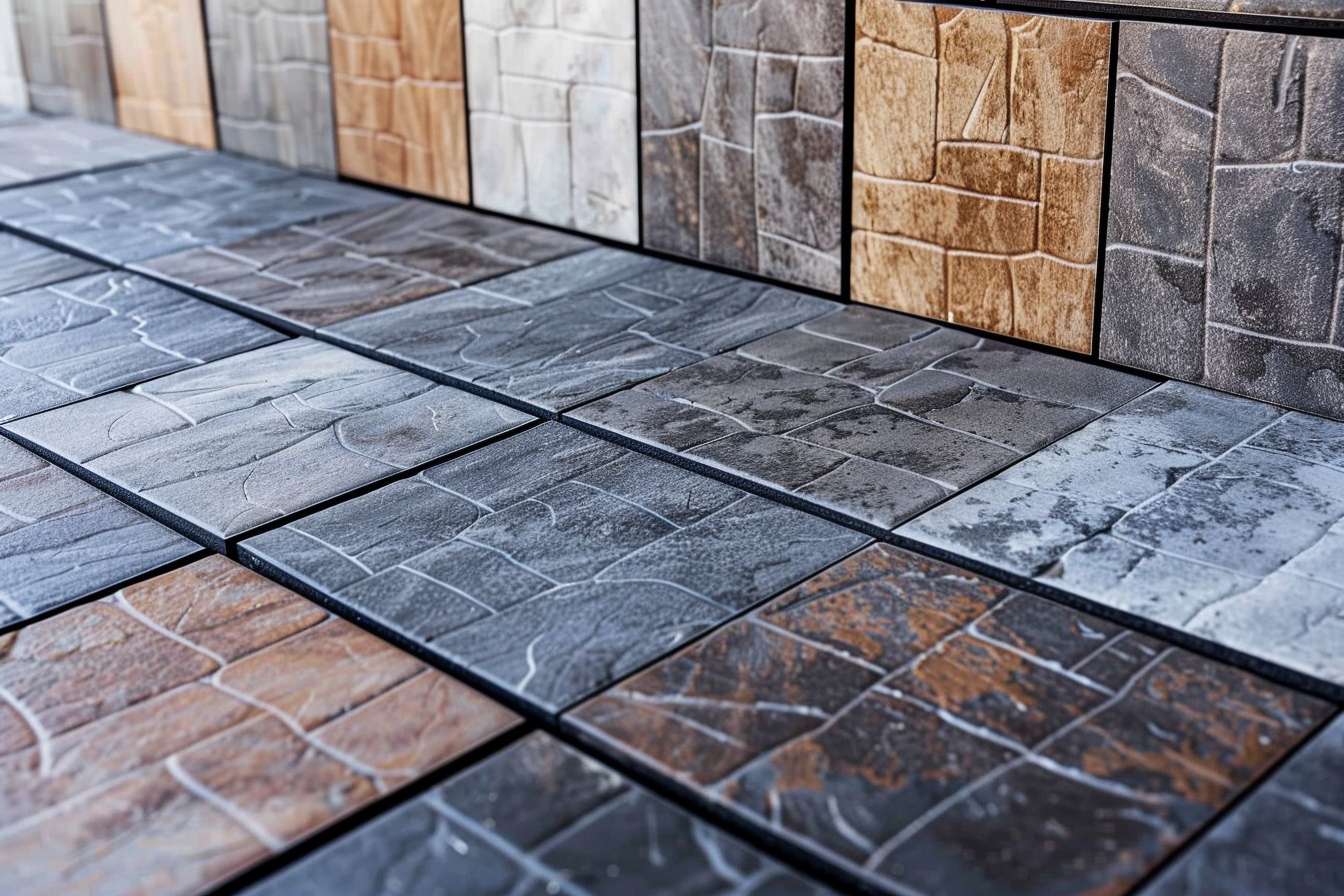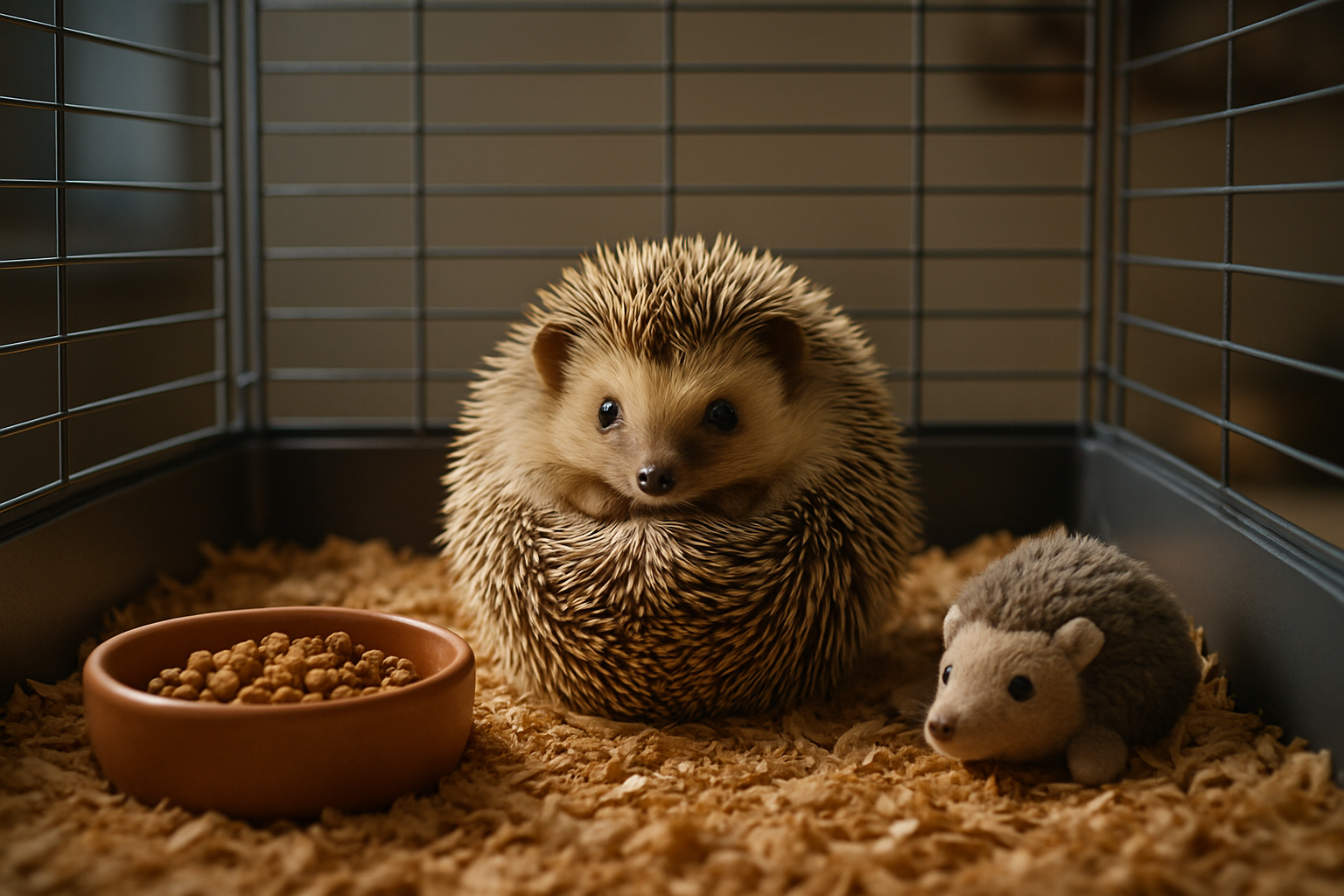Neuroaesthetic Fashion: Where Brain Science Meets Style
Introduction: Imagine a world where your outfit isn't just a statement of personal taste, but a carefully crafted ensemble designed to enhance your cognitive performance and emotional well-being. Welcome to the cutting-edge realm of neuroaesthetic fashion, where neuroscience and style converge to create clothing that does more than just look good—it makes you feel and function better.

From Lab to Runway: The Evolution of Brain-Boosting Garments
The concept of neuroaesthetic fashion has its roots in early studies on color psychology and sensory perception. However, it wasn’t until recent advancements in neurotechnology that designers could truly begin to craft garments with brain health in mind. Today, fashion houses are collaborating with neuroscientists to create collections that not only dazzle the eye but also engage the mind in profound ways.
The Key Elements of Neuroaesthetic Design
At the heart of neuroaesthetic fashion are several key design principles. Fractals, patterns that repeat at different scales, have been shown to reduce stress levels and improve attention. Certain color combinations can enhance mood and cognitive performance, while specific textures can stimulate sensory neurons, potentially improving tactile awareness and even balance.
Wearable Tech Meets Neuroaesthetics
The integration of wearable technology has taken neuroaesthetic fashion to new heights. Smart fabrics embedded with sensors can now monitor brain waves, heart rate, and other physiological markers, adjusting the garment’s properties in real-time to optimize the wearer’s cognitive state. From color-changing fabrics that respond to mood to garments that emit subtle vibrations to enhance focus, the possibilities are expanding rapidly.
The Impact on Personal Style and Self-Expression
Neuroaesthetic fashion challenges traditional notions of style by adding a new dimension to self-expression. Wearers can now choose outfits not just for their aesthetic appeal, but for how they want to feel and perform throughout the day. This shift is leading to a more personalized and holistic approach to fashion, where clothing becomes a tool for cognitive enhancement and emotional regulation.
Ethical Considerations and Future Directions
As with any emerging technology, neuroaesthetic fashion raises important ethical questions. Privacy concerns surrounding data collection from smart garments, the potential for cognitive manipulation, and issues of accessibility are all being actively debated in the fashion and scientific communities. Looking ahead, researchers and designers are exploring ways to make neuroaesthetic principles more widely available and applicable to everyday clothing.
Neuroaesthetic Fashion: Tips for the Style-Savvy Brain
-
Opt for fractal patterns in accessories or clothing to potentially reduce stress and improve focus
-
Experiment with blue hues in your wardrobe for enhanced productivity and calmness
-
Incorporate different textures into your outfit to stimulate sensory awareness
-
Consider garments with subtle, rhythmic patterns to potentially boost creativity
-
Look for clothing made with smart fabrics that adapt to your body’s needs throughout the day
As neuroaesthetic fashion continues to evolve, it promises to revolutionize not just what we wear, but how our clothes can support our cognitive and emotional well-being. By bridging the gap between neuroscience and style, this innovative field is paving the way for a future where fashion isn’t just about looking good—it’s about feeling and performing at your best, inside and out.





